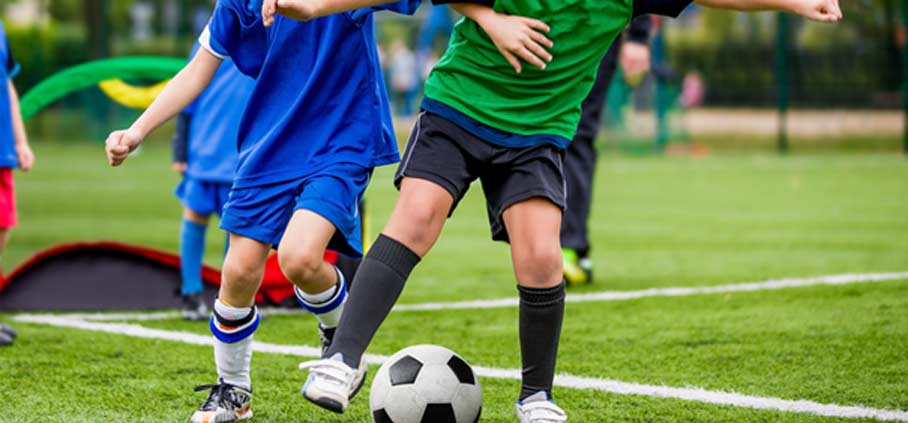Sports Hernia

A sports hernia (athletic pubalgia) is a type of soft tissue injury that affects the groin area.
It’s so named because it often affects people who participate in sports involving repetitive motions and/or lower abdominal stress. It’s different from a traditional abdominal hernia in that it results from a strain or tear of a muscle, tendon, or ligament in the groin or lower abdominal area.
While surgery is the most common treatment recommendation, there are some non-surgical options that may be beneficial.
Causes and Symptoms
Sports hernias are most likely to occur as a result of participation in activities or sports involving twisting, running, cutting, and groin or lower abdominal exertion. Having lower abdominal muscles that are weakened in certain sports may increase the risk of developing this type of hernia. A sports hernia is often confused with a groin injury because of the similarity with symptoms.
Unlike a fairly common inguinal hernia, a sports hernia does not usually produce a noticeable bulge. However, a sports hernia may become an inguinal hernia over time. Signs and symptoms suggesting that lower abdominal or groin pain may actually be a sports injury include:
- Groin pain that’s not going away
- Pain that returns during physical exertion
- Persistent or recurring pain in the groin area
- Pain that extends to the lower abdominal area
- Testicle pain


Diagnosing a Sports Hernia
A physical examination is the first step in diagnosing a sports hernia. Patients are usually asked about their symptoms and history with abdominal injuries, including other hernias. An MRI scan is the type of image test that’s typically ordered to make a positive diagnosis of a sports hernia. A bone scan and other tests are sometimes done to rule out other possible sources of groin/abdominal pain.
Non-Surgical Treatments
Within the first week or so after sustaining a sports hernia, it may be helpful to rest and apply ice to the affected area. If there is a visible groin bulge, a compression wrap may help minimize discomfort. A few weeks after the initial injury, physical therapy may be recommended to strengthen inner thigh and abdominal muscles. Anti-inflammatory medications are sometimes prescribed or recommended as well.
Sports Hernia Surgery
If pain comes back with a return to previous activities, surgery to repair the affected tissues may be recommended. With traditional open surgery, a single, long incision is made to repair the damaged tissues. Endoscopic surgery is an alternative approach to achieving the same goal that involves smaller incisions and a lighted scope. In some instances, a small groin nerve is cut to further ease discomfort and reduce the risk of ongoing pain after surgery. This separate procedure is referred to as an inquinal neurectomy.
Some people with a sports hernia have lingering discomfort within the inner thigh area that continues after surgery. When this happens, a procedure called an adductor tenotomy may be performed. It involves the cutting of an inner thigh tendon to release tension in the affected area. Re-injury prevention suggestions commonly include paying attention to proper form and technique when getting back to sports, avoiding constipation as much as possible, and maintaining strong and supportive abdominal muscles.

